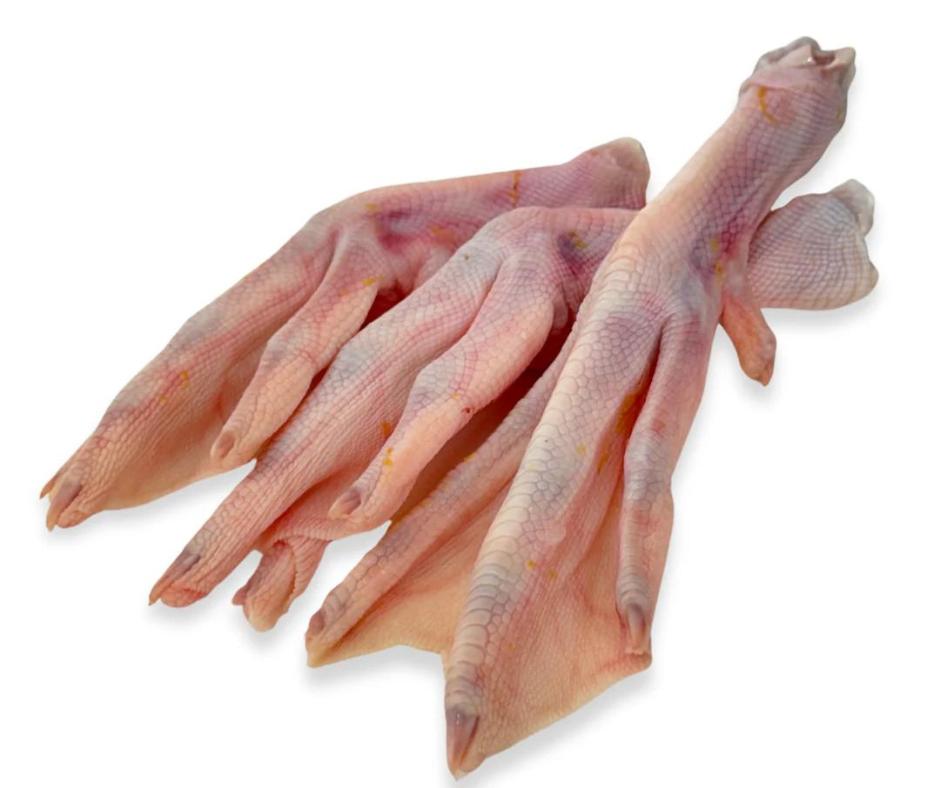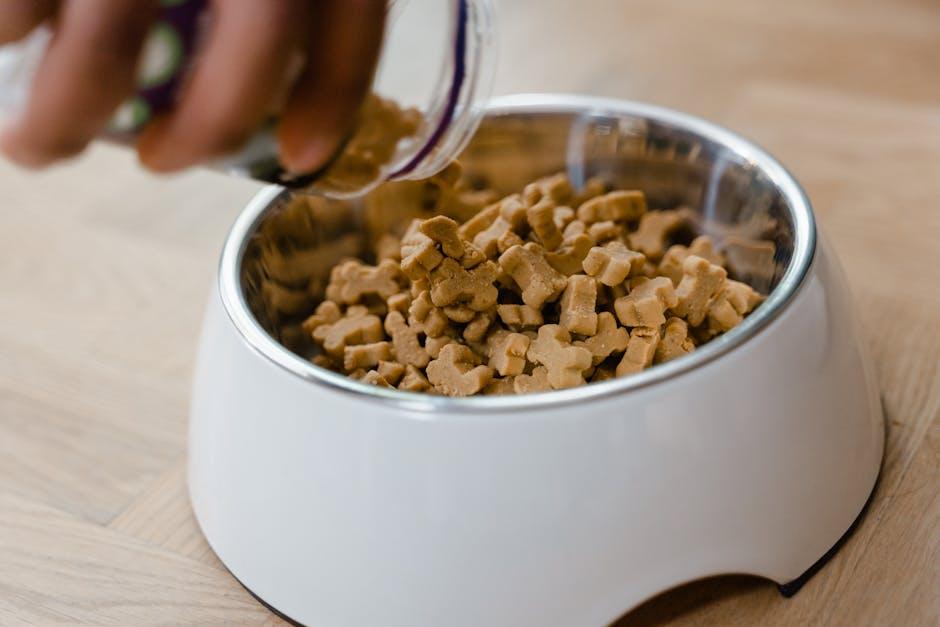Transitioning your dog to a new diet is a journey that, when approached with care and understanding, can enhance your furry friend’s health and happiness. Whether you’re shifting to a specialized diet for health reasons, trying out a new brand, or simply aiming to provide more variety, the process requires a gentle touch and informed decisions. In this guide, we’ll walk you through each step with warmth and clarity, ensuring that your canine companion experiences a smooth and stress-free transition. Embrace this opportunity to deepen the bond with your pet as you learn to listen to their needs and adjust to their preferences, setting the foundation for a healthier lifestyle together.
Understanding Your Dogs Nutritional Needs
Every dog is unique, and understanding their nutritional needs is crucial for their health and happiness. Just like humans, dogs require a balanced diet that includes the right mix of proteins, fats, carbohydrates, vitamins, and minerals. However, the exact needs can vary based on factors like age, size, breed, activity level, and any specific health conditions. To ensure your furry friend is getting the nutrients they need, consider these essential components:
- Proteins: Crucial for growth and repair, proteins should be a primary component of your dog’s diet. Opt for high-quality sources like chicken, beef, fish, or plant-based options like peas and lentils.
- Fats: Vital for energy and a healthy coat, fats should be included in moderate amounts. Look for healthy sources such as fish oil or flaxseed.
- Carbohydrates: Provide energy and aid digestion. Whole grains, vegetables, and fruits can be excellent sources.
- Vitamins and Minerals: Essential for overall well-being. Ensure your dog’s diet includes a variety of vegetables and fruits, or consider a supplement if needed.
Regularly consult with your veterinarian to tailor a diet plan that best suits your dog’s individual needs, and always introduce new foods gradually to monitor their response.

Choosing the Right Diet for Your Furry Friend
Transitioning your dog to a new diet can be a rewarding experience when done thoughtfully and patiently. It’s crucial to introduce the new food gradually to prevent digestive upset. Begin by mixing a small amount of the new diet with your dog’s current food. Over the course of a week or so, gradually increase the proportion of the new food while decreasing the old. This slow transition allows your dog’s digestive system to adjust smoothly.
- Days 1-2: Mix 25% new food with 75% current food.
- Days 3-4: Mix 50% new food with 50% current food.
- Days 5-6: Mix 75% new food with 25% current food.
- Day 7: Transition to 100% new food.
Throughout this process, observe your furry friend’s behavior and health closely. Watch for any signs of digestive distress, such as vomiting, diarrhea, or a decrease in appetite. If any of these occur, slow down the transition or consult your veterinarian. By taking a gradual approach and being attentive to your dog’s needs, you ensure a smooth and successful transition to a healthier diet.

Gradual Transition Techniques for a Smooth Diet Change
Changing your dog’s diet can be a delicate process that requires careful consideration and patience. One effective approach is the gradual introduction of new food over a period of 7 to 10 days. Begin by mixing a small amount of the new diet with your dog’s current food. Each day, slightly increase the portion of the new food while decreasing the old one. This method not only helps your pet adjust to the taste and texture but also allows their digestive system to acclimate smoothly.
Be attentive to your dog’s reactions during this transition. Look for signs of digestive discomfort such as vomiting or diarrhea, and if necessary, slow down the process. Additionally, keep an eye on their energy levels and coat condition, as these are good indicators of how well they are adapting to the new diet. Remember to consult your veterinarian if any issues arise. To make the transition as comfortable as possible, you can incorporate the following tips:
- Maintain a consistent feeding schedule to provide a sense of routine and security.
- Use treats sparingly during this period to avoid overloading their system with new ingredients.
- Monitor water intake, ensuring your pet stays well-hydrated throughout the change.
By employing these techniques, you can ensure a seamless and stress-free dietary shift for your furry friend.

Monitoring Your Dogs Health During the Diet Shift
Embarking on a new dietary journey with your dog is an exciting endeavor, but it’s crucial to be observant and proactive about their health during this transition. Keep an eye on their energy levels, coat condition, and overall demeanor. A healthy dog typically exhibits a shiny coat, clear eyes, and a playful attitude. If you notice any changes such as excessive lethargy, skin irritations, or unusual behaviors, these might be signs that the new diet isn’t agreeing with them. Consulting with your veterinarian is always a wise step if you have any concerns.
Daily monitoring tips include:
- Check stool consistency: This can be a direct indicator of how well the diet is being digested. Look for any signs of diarrhea or constipation.
- Monitor eating habits: Ensure your dog is eating with enthusiasm and not showing signs of nausea or disinterest in food.
- Assess weight changes: Use a scale or a measuring tape to track any significant weight gain or loss.
- Observe hydration levels: Make sure your dog is drinking an adequate amount of water, as changes in diet can affect their thirst.
Remember, patience and attention to detail are key. Adjustments may be necessary, but with careful monitoring, your furry friend will smoothly adapt to their new diet.

